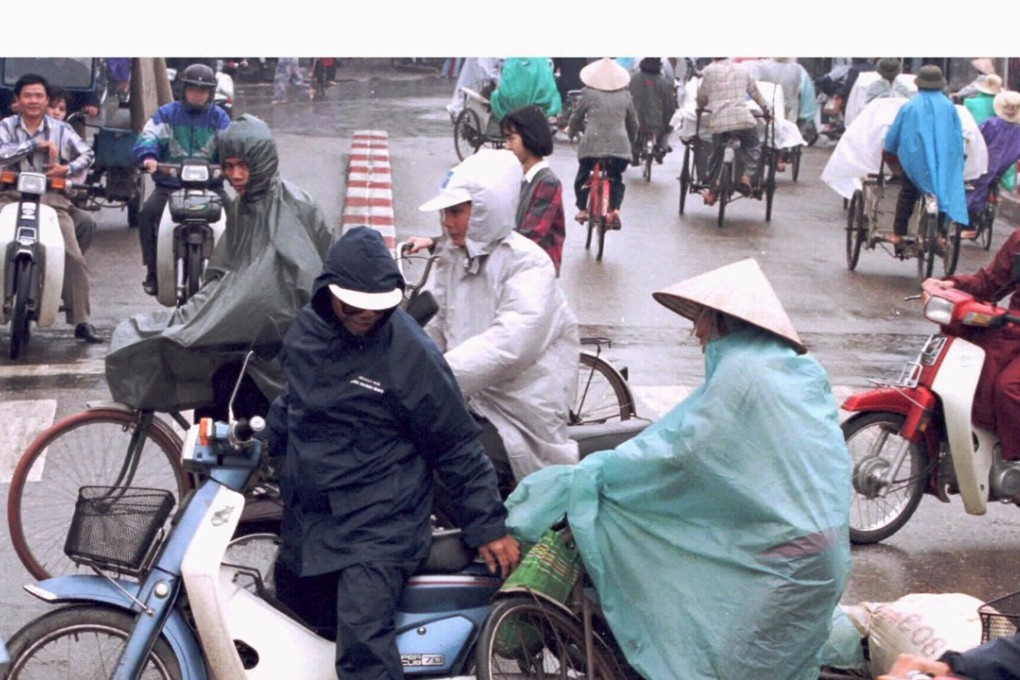The lessons from Vietnam’s helmet law
Ten years of enforcement and public awareness campaigns have made a dent in motorbike fatalities, but other nations should take note – old, reckless habits die hard

“Fun with Traffic Safety” Day at Tien Phong Primary School in Hanoi on a recent Friday began with chants about when you should wear a helmet on a motorbike (always), and included a performance by a bicycling circus monkey wearing a helmet designed especially for its small head.
Students painted miniature clay helmets and danced to a song about helmets set to the tune of Gangnam Style. Everyone went home with a shiny blue or orange helmet.
The helmet giveaway, one of many such events regularly organised by the Asia Injury Prevention Foundation (AIP), was part of Vietnam’s celebration of the 10th anniversary of its comprehensive mandatory helmet law, Resolution 32. For the past decade, the government and a host of NGOs have worked to make helmets as ubiquitous as motorbikes, which were a symbol of social mobility when Vietnam began economic reforms in the 1980s and now account for 95 per cent of the country’s registered vehicles.

Vietnam’s traffic fatality rate of 24.5 per 100,000 is Southeast Asia’s second-highest, according to the World Health Organisation (WHO). But the figures would be grimmer without the helmet law, which AIP estimates has saved 15,000 lives. Before Resolution 32 took effect in December 2007, helmets were a rare site on the country’s motorways. Today, more than 90 per cent of drivers wear them, thanks to strict initial enforcement, sustained public awareness campaigns and traffic safety education programmes such as the one at Tien Phong.
“Even if the helmets are too old, maybe fake, people put the helmets on,” said Dr. Pham V. Cuong, director of the Centre for Injury Policy and Prevention Research at the Hanoi University of Public Health.
At a recent anniversary event for the regulations, policymakers and experts said the laws still have major shortcomings: fewer than half of Vietnam’s children regularly wear the protective gear, and some say as many as 80 per cent of the helmets being worn are insufficient or unsafe.